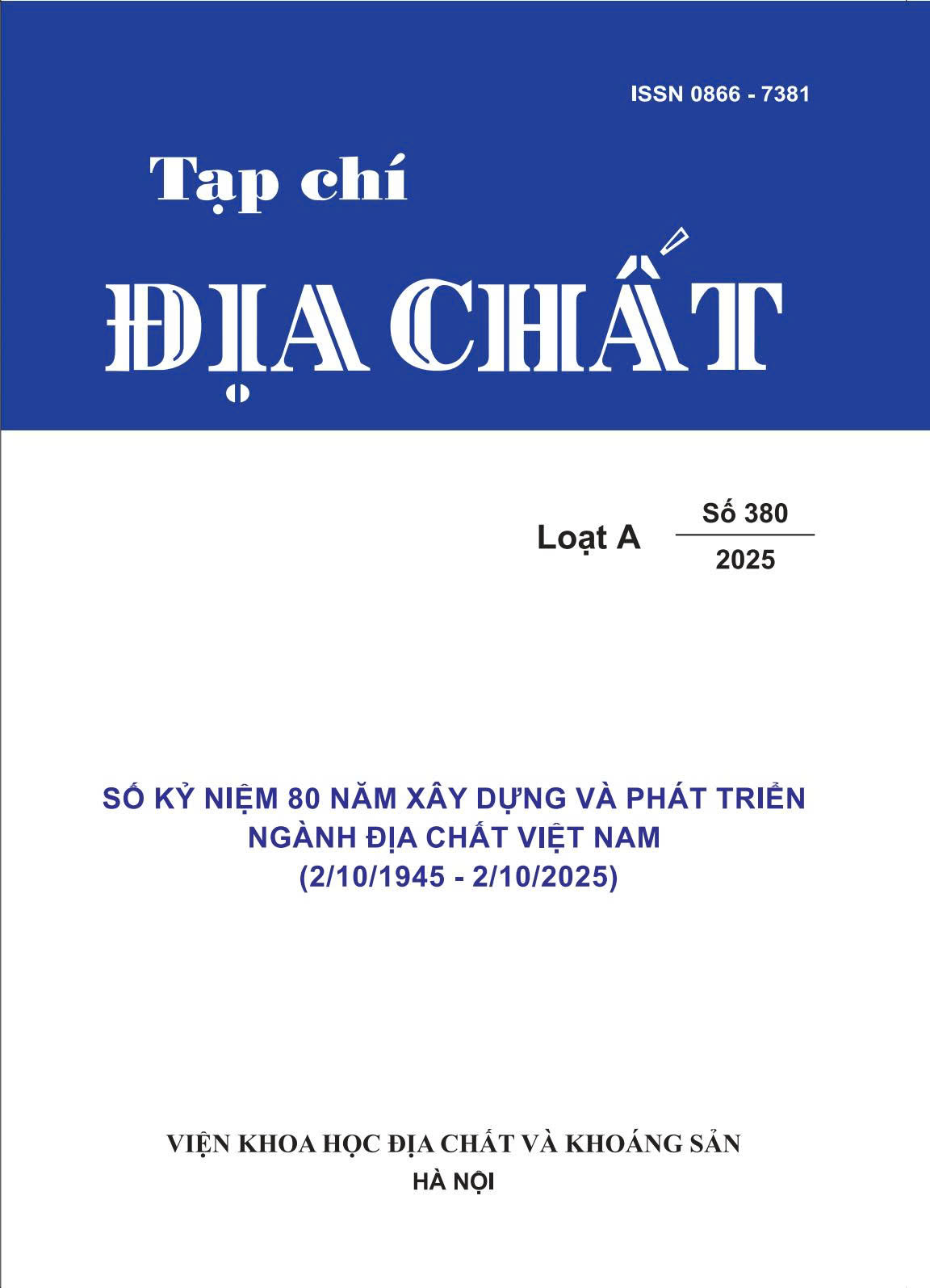Abstract
This study examines the application of centered log-ratios (clr) normalization and pairwise log-ratios (pwlr) techniques to chemical composition derived from XRF core-scanning (XRF-CS) and portable XRF (pXRF) analyses of an undisturbed sediment core from the Ba Lat estuary. Results show that, once clr normalization is applied, both datasets exhibit consistent geochemical trends, despite discrepancies in the detected data. This process effectively minimizes the influence of sediment characteristics, water content, organic matter, and instrument-specific variability, thereby producing a dataset suitable for robust multivariate statistical analysis, as confirmed by reliable geochemical correlations. Similarly, the pwlr transformation reduces noise and corrects asymmetries in environmentally sensitive element pairs, further enhancing data reliability. By applying clr and pwlr techniques to two independent XRF datasets obtained using different instruments from the same core, this study successfully identifed the historical 1971 typhoon-flood event, recorded as an anomalous sediment layer at 65–68 cm depth. These findings highlight the importance of clr and pwlr transformations as crucial preprocessing steps in handling XRF-derived chemical data for sedimentological and paleo-environmental researches.

